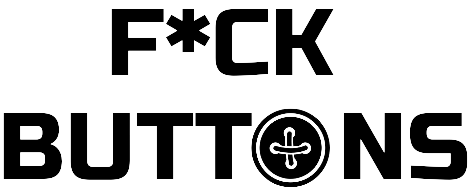Table of Contents
What angle should your bat be held at for a forehand drive?
You need to close your bat angle a little more (a drive is played with roughly a 45 degree bat angle whereas a forehand loop should go slightly more over the top of the ball, assuming you are playing against a topspin ball).
How do you penhold grip?
As the name implies, the Chinese penhold grip on a pingpng racket is similar to the way you hold a pen for writing. The thumb and index finger hold onto the racket handle, while the other three fingers curl around the back of the racket.
What is forehand stroke in table tennis?
The Forehand A forehand shot is essentially hitting the ball with your hand’s most natural position. For instance, a right-hander would hit the ball from the right side of his body, while a left-hander would hit from the left side.
What are the three key steps to a forehand drive?
The forehand drive is played from mid-court to mid-court with a flat trajectory. The drive is used when the shuttle is too low to smash. It is considered an attacking shot as the opponent is forced to drive back or clear the shuttle high. The three key steps are: the preparation, the shot and the recovery.
Where should the forehand hand follow through go?
1. Your follow-through should leave the racket in front of your body, pointing in the direction where you’ve hit the ball.
What is looping in TT?
The “loop” is a stroke that generates a lot of topspin (with either the forehand or backhand). There are slower, spinnier loops as well as faster but not-as-spinny loops. The loop style is the most popular playing style in table tennis with a strategy heavily reliant on the loop stroke.
How do you play the forehand loop?
Forehand Loop Stroke
- Loose wrist.
- Contact the ball at the top of the bounce.
- Bat begins at knee level, finishes at eye level.
- Focus on the transfer of power from legs to hips to shoulder to elbow.
- Increased weight transfer from the back leg to the front leg.
- Brush the ball to generate more topspin.
Is Penhold better than shakehand?
The advantage of the traditional Chinese penhold grip is that it allows free movement of the wrist, much more than shakehand grips do.
What is the difference between Shakeh grip and Penhold?
Players using the shakehand grip use both the front and back sides of the paddle, whereas penhold players often use only one side of the paddle (though modern penhold players are now often using the backside as well).
Who has the hardest forehand in tennis?
Honourable mentions go to Andy Murray (who holds the world record for the fastest forehand ever hit at 124mph), Fernando Verdasco, James Blake, Andrey Rublev, Benoit Paire and Robin Haase.
What is forehand drive technique?
A forehand drive in table tennis is an offensive stroke that is used to force errors and to set up attacking positions. A successful shot should land close to your opponent’s baseline or sideline.
What are the 4 basic strokes in table tennis?
The four basic table tennis shots: Forehand Drive. Backhand Drive. Forehand Push.
Should you catch your forehand?
More consistent forehands The second main reason I teach catching the racquet on the forehand follow-through is better consistency of the stroke. If the player doesn’t catch the racquet, then they don’t really have a reference point in space into which they can move their racquet after hitting the ball.
What is the Lop in table tennis?
A loop in table tennis is an offensive stroke with the primary purpose of producing lots of topspin. Table tennis is a game of spin, and the loop is the primary example of using spin during a rally.
What is a chop in table tennis?
The chop stroke in Table Tennis is a defensive stroke. The main purpose of this stroke is to make it difficult for your opponent to play an attacking stroke. When you play a chop, you impart backspin on the ball. It is this backspin that makes it hard for your opponent.
What is a bent arm forehand in tennis?
A bent arm forehand (some people call it the double-bend forehand) in tennis refers to the elbow bend a player has as she/he makes contact with the ball. So if a player has a comfortable bend at the elbow at contact point it is a “bent arm forehand”.
Why do tennis players tuck their arms in on forehand serve?
The arms should move in sync on the forehand either like this or … The player may tuck the arm in because the racket head speed is very high in higher tempo play, and one could hurt the arm if they were catching the racket in the follow-through. … the arm is tucked in a bit like this. The tuck-in move, by the way, is subconscious.
How important is the non-hitting arm in a tennis forehand stroke?
Hitting a tennis forehand stroke with incorrect non-dominant arm positioning and movement will lead to very inconsistent forehands even though it seems at first glance that the non-hitting arm is not important.
What causes the movements of the non-dominant arm on a forehand?
As you will discover, the movements of the non-dominant arm on a forehand are actually caused by upper body stability that is necessary for stability of the racket head through contact and therefore consistent forehand strokes. The first part of this video article explains how the upper body affects the movements of the non-dominant arm.

